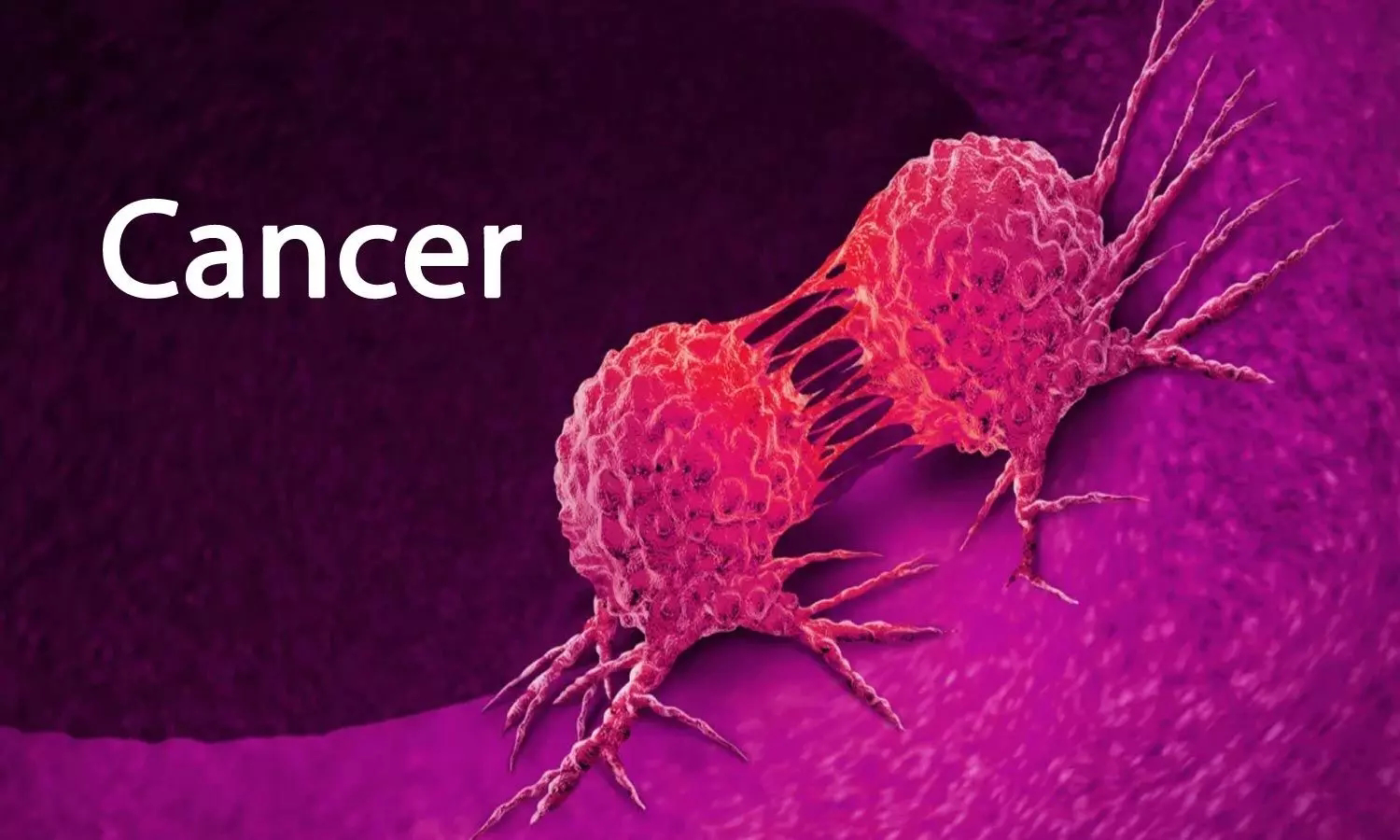IVF (InVitro Fertilization)

vitro fertilisation (IVF) is a process of fertilisation where an egg is combined with sperm outside the body, in vitro ("in glass"). The process involves monitoring and stimulating a person's ovulatory process, removing an ovum or ova (egg or eggs) from their ovaries and letting sperm fertilise them in a culture medium in a laboratory. After the fertilised egg (zygote) undergoes embryo culture for 2–6 days, it is implanted in the same or another person's uterus, with the intention of establishing a successful pregnancy. IVF is a type of assisted reproductive technology used for infertility treatment and gestational surrogacy. A fertilised egg may be implanted into a surrogate's uterus, and the resulting child is genetically unrelated to the surrogate. Some countries have banned or otherwise regulate the availability of IVF treatment, giving rise to fertility tourism. Restrictions on the availability of IVF include costs and age, in order f





